Let’s Create Your Perfect building
Request a quote or begin designing your own building!
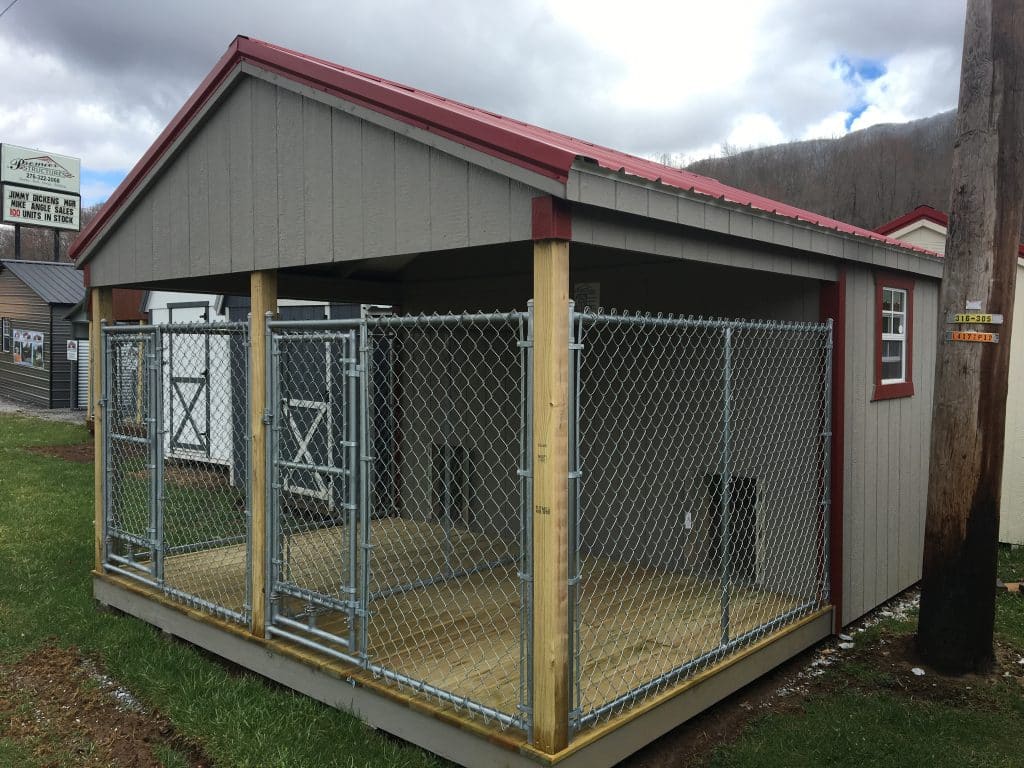
Looking for a better way to crate train your dog? Whether you’re raising a puppy or working with an older rescue, our prefab outdoor dog kennels are the perfect training tool. They offer the security your pup needs and the convenience you deserve.
Crate training doesn’t have to be stressful, for you or your pup! With the right strategy, an outdoor dog kennel for training becomes more than just a holding spot! It’s a safe haven, a comfortable retreat, and the best tool to speed up your dog’s crate training journey. At Premier Building Solutions, we design dog kennels for crate training that make this process intuitive, secure, and stress-free, from puppy to adult.
Let’s walk through proven dog crate training tips and show you why our kennels for crate training a puppy are a game-changer.
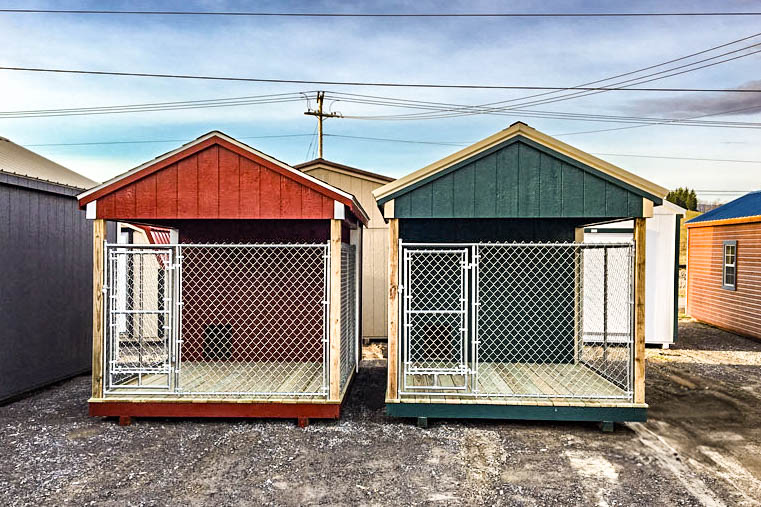
Crate training isn’t just a trend, it’s one of the most effective ways to raise a well-behaved, happy dog. When done right, it taps into your dog’s natural instincts to seek out a safe, den-like space. Whether you’re welcoming a new puppy or working with a rescue, establishing healthy routines through crate training can transform your relationship with your dog. And when paired with one of our prefab dog kennels, the process becomes even smoother, giving you peace of mind and your dog a space they can truly call their own.
Dogs don’t like to go potty where they sleep, and crate training builds good bathroom habits.
Crates create a consistent space your dog can rely on, especially when introduced gradually.
An appropriately sized dog kennel for crate training gives your pup a safe space to stay when unsupervised.
Looking for the right kennel? Explore our prefab dog kennels built for crate training.
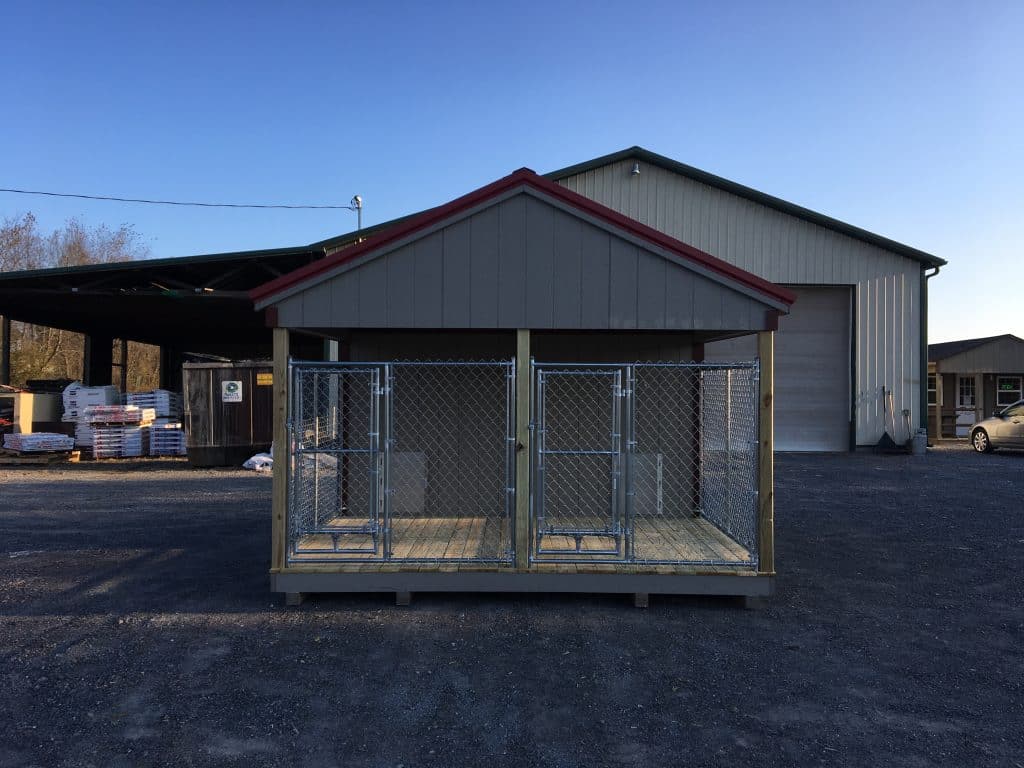
Outdoor kennels aren’t just for keeping your dog safe in one spot, they’re also a powerful tool for structured and easy crate training. By starting slow and using the right cues, you can help your pup feel secure and comfortable in their outdoor space. In this section, we’ll walk you through how to ease your dog into crate training using one of our durable, weather-ready outdoor kennels.
Introduce the crate inside with treats and toys. Let your dog enter and exit freely at first.
Transition to an outdoor dog kennel for training once they feel safe. A covered area works best during the adjustment period.
Feed, walk, and train your dog at the same times each day. Keep kennel time calm and rewarding.

Not all kennels are created equal, especially when crate training is the goal. From sizing and ventilation to insulation and layout, choosing the right setup can make or break your training efforts. Here’s how to select a kennel that’s comfortable for your dog, durable for all weather, and flexible enough to grow with your pet.
Use a kennel that allows your dog to stand, turn, and lie down—but not so big that they’ll use a corner as a bathroom.
Our prefab dog kennels are Amish-built with ventilation, insulation, and durable materials for year-round use.
Want a built-in run? Extra doors? Our 3D Shed Builder lets you design your dream kennel from scratch.
Whether you’re starting with a tiny pup or guiding an older dog through new routines, crate training requires a slightly different approach for each. Puppies need patience and structure; adult dogs may need reassurance and gentle introduction. This section breaks down what to expect and how to tailor your training to fit your dog’s age and needs.
Start small and increase time gradually. Use soft bedding and schedule frequent potty breaks.
Need a puppy-sized crate with room to grow? Explore our prefab dog kennels.
Create positive associations with toys or treats. Never use the crate as punishment.
Not sure which kennel is right for your dog? Request a free quote and we’ll help you match your dog’s size and behavior to the right fit.
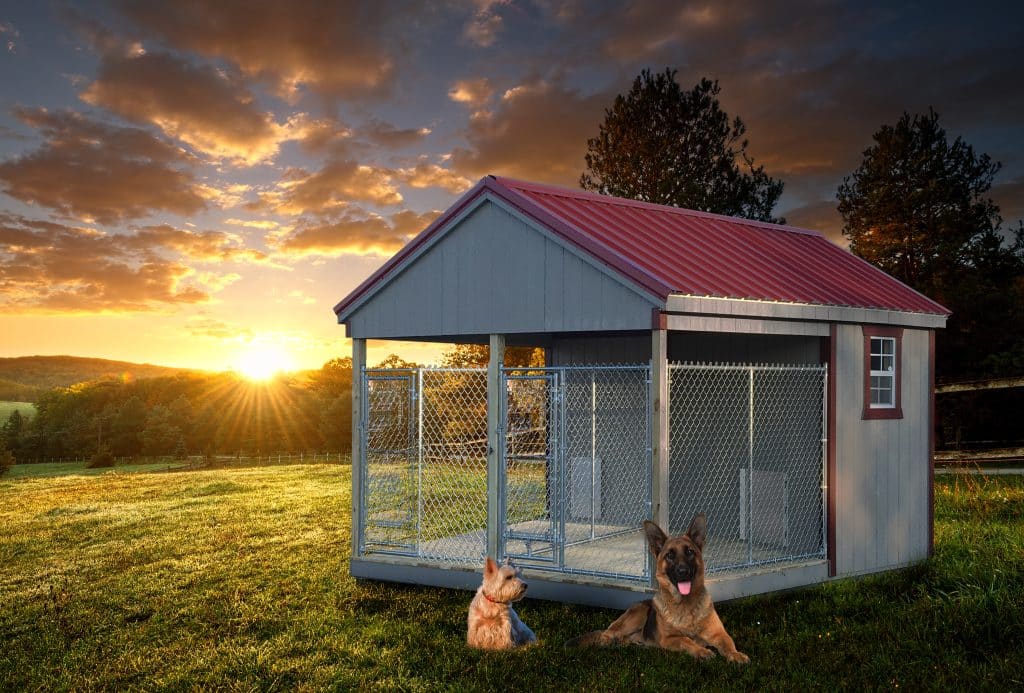
Thinking of building your own dog kennel? It might sound like a fun project, but it often turns into a costly, time-consuming headache. Between gathering materials, measuring, and troubleshooting mistakes, DIY quickly becomes overwhelming. That’s where prefab kennels shine. Built by experienced craftsmen and delivered ready to use, our kennels save you time, stress, and money without sacrificing quality or customization.
DIY kennels take weeks to build, but our ready-to-go outdoor dog kennels can be delivered straight to your backyard.
We’ve spent years building structures that last. Our Amish-built kennels are designed for safety, comfort, and long-term use.
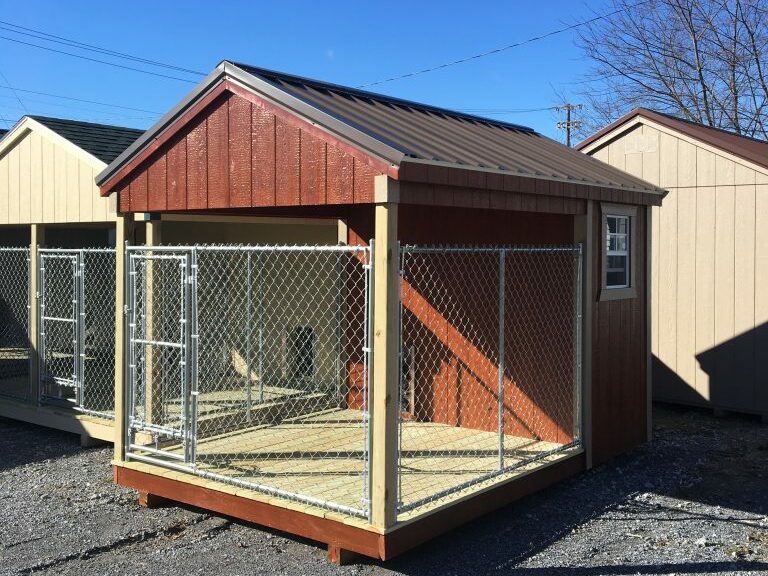
Check out our Service Area page to find your local dealer. We also deliver kennels for crate training puppies across:
Need a shed, garage or barn too? Browse our:
Puppies generally hold their bladder for about one hour per month of age (e.g., a 3‑month‑old puppy ~3 hours). Never leave your dog crated longer than this without breaks for exercise and potty.
Your dog’s crate should be large enough to stand, turn, and lie down comfortably, but not so big that they use one end as a bathroom. Think ahead, choose a crate that fits their adult size!
Start gradually, add soft bedding, treats, and toys inside the crate, and avoid closing the door until your dog enters calmly. Reward each calm entry and association to build a positive experience
Yes! Adult dogs can benefit just as puppies do, given patience, consistency, and positive reinforcement. No forcing or using the crate as punishment.
Absolutely, outdoor dog kennels for training are safe when weatherproof, insulated, and protected. Gradually transition your dog outside once they’re comfortable indoors.
If whining continues after settling in, the crate is probably too large, they’ve been crated too long, or they’re suffering from separation anxiety. Corrections: reduce size, shorten sessions, or consult a trainer.
Severe reactions (frantic pawing, drooling, self-injury) may indicate panic and require a gentler approach. Try soft bedding, open-door acclimation, and a nearby puppy pen until they feel secure.
Feeding inside the crate builds positive associations. Start with meals at the entrance, then gradually move the bowl inside, until your dog eats calmly with the door closed.
Use a consistent command (“crate up” or “kennel”), offer a treat inside, and close the door once the dog enters. Repeat daily, gradually building time inside and reinforcing calm behavior.
Dogs see crates as safe havens, not punishment. Use a properly sized crate and consistent boarding routines. Crate training reduces anxiety and destructive behavior when done positively and patiently